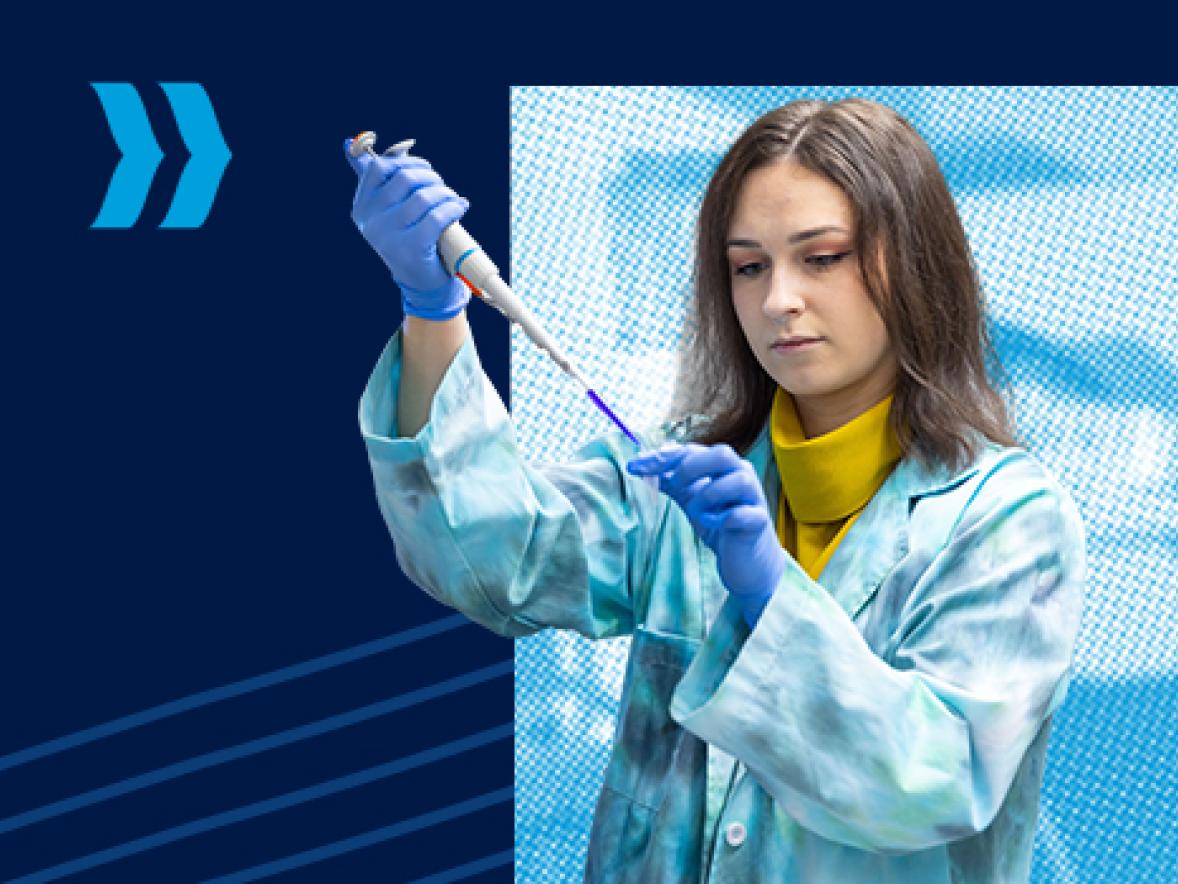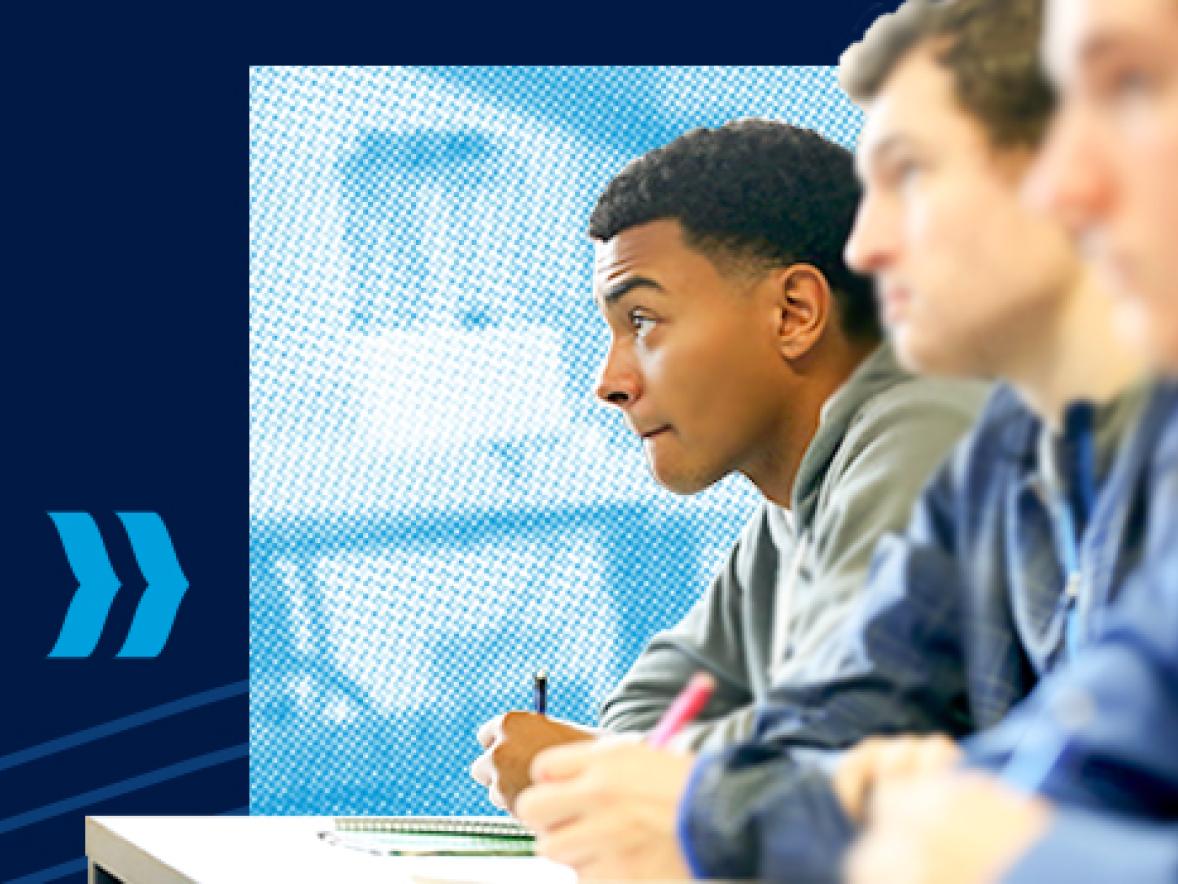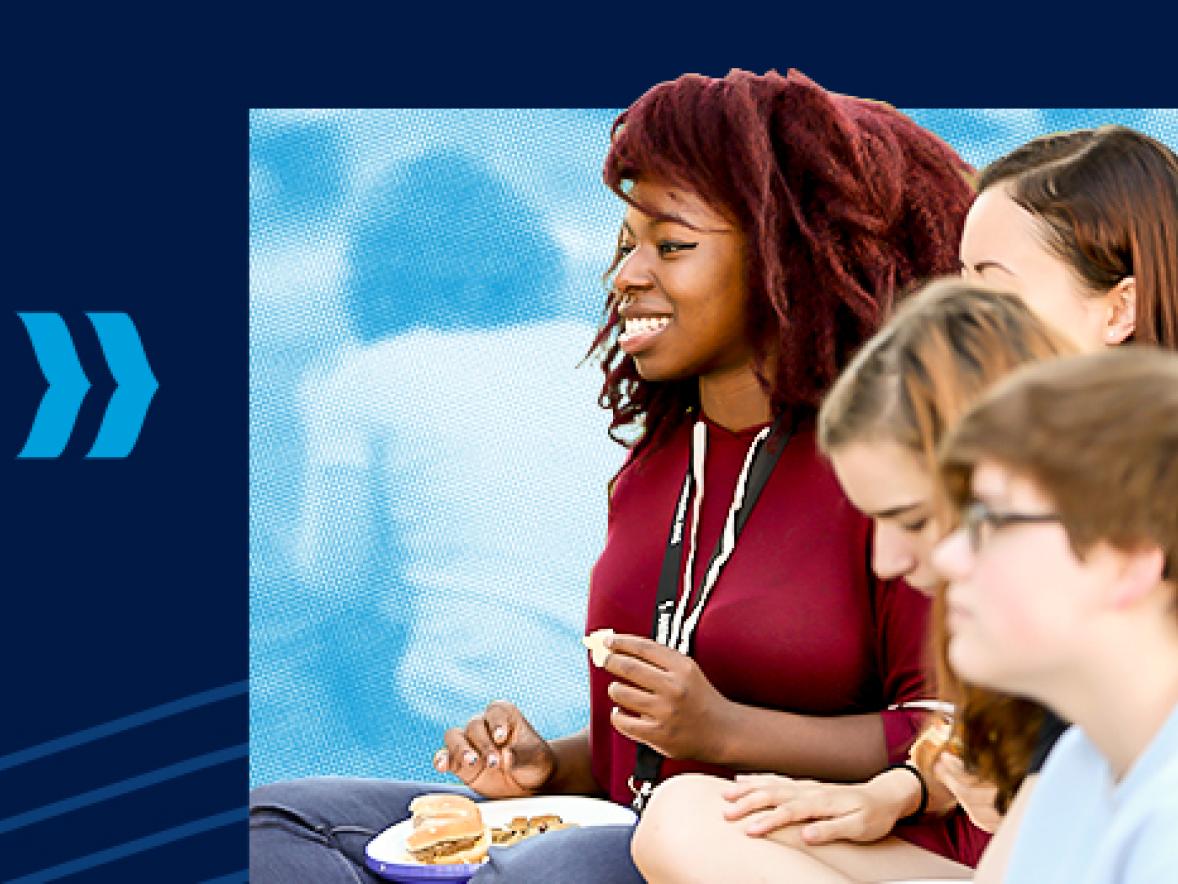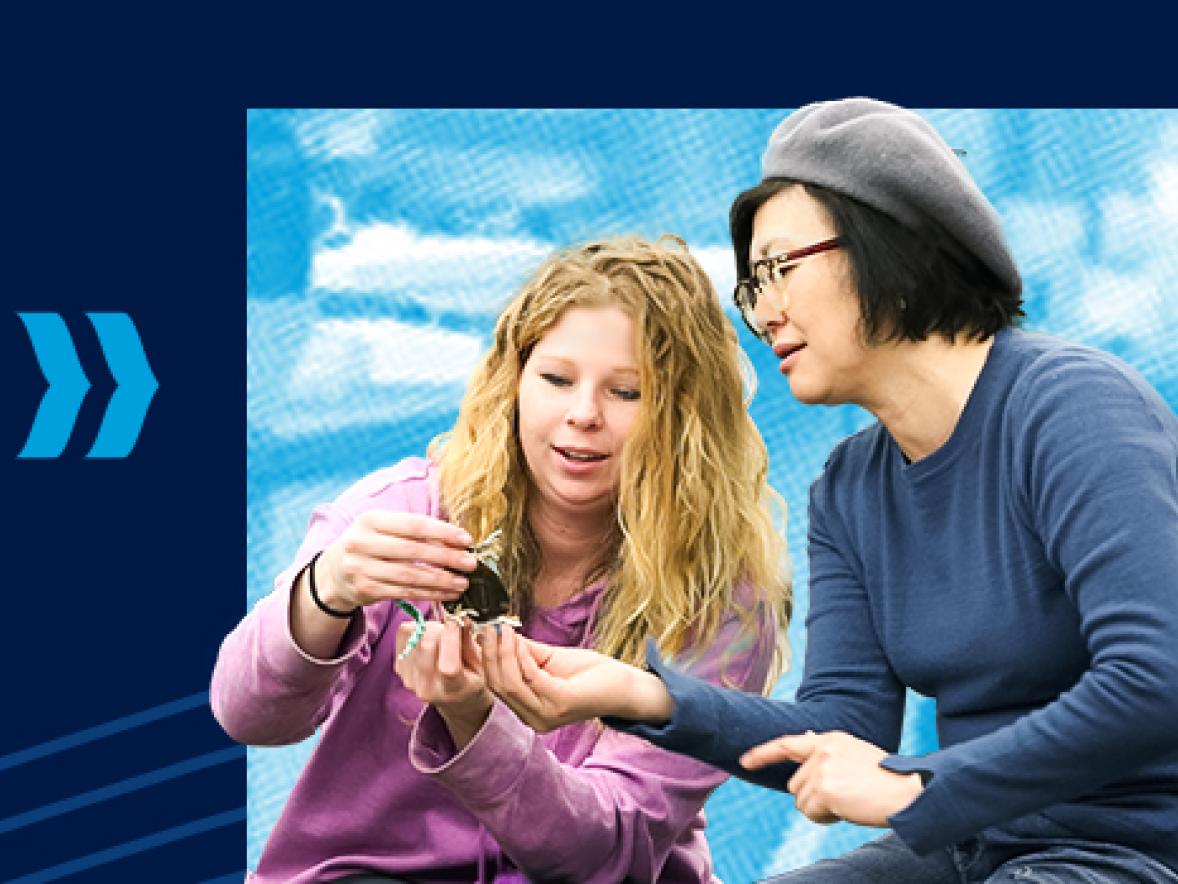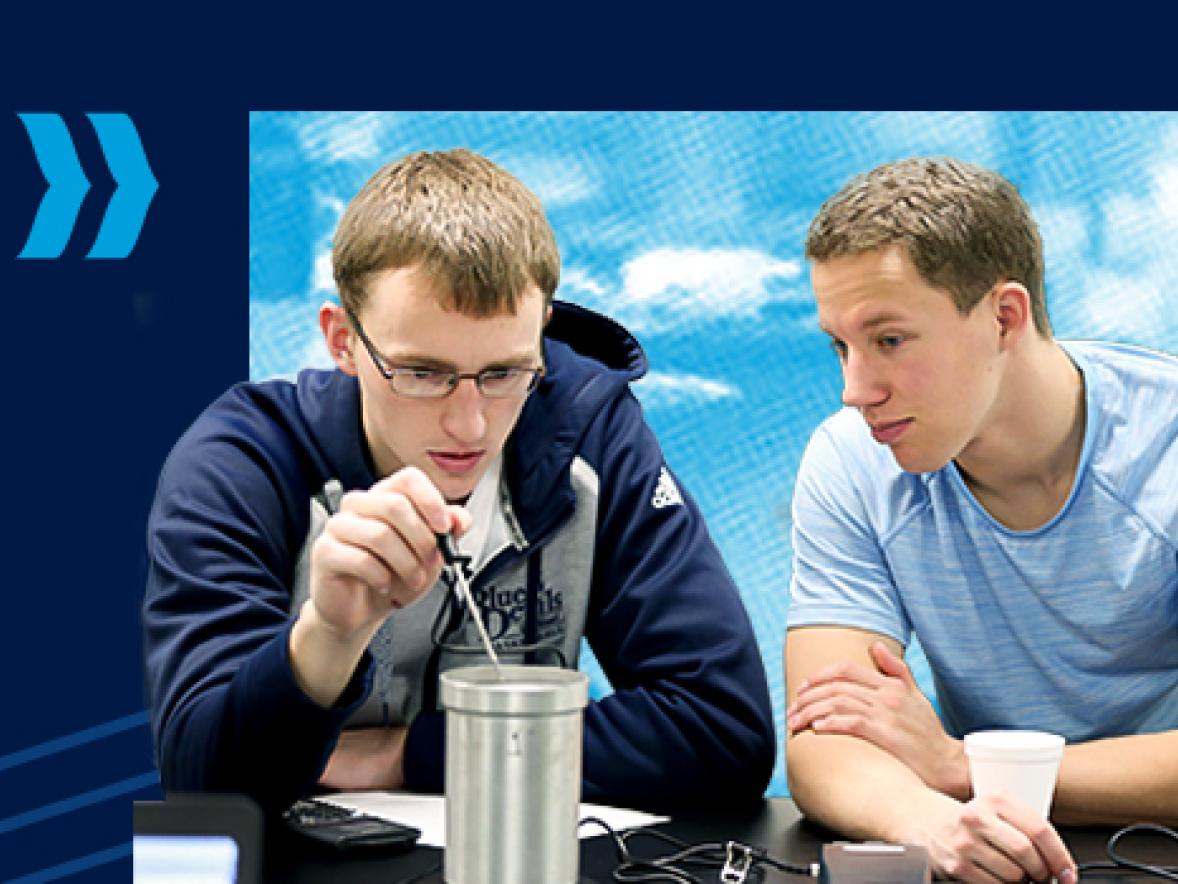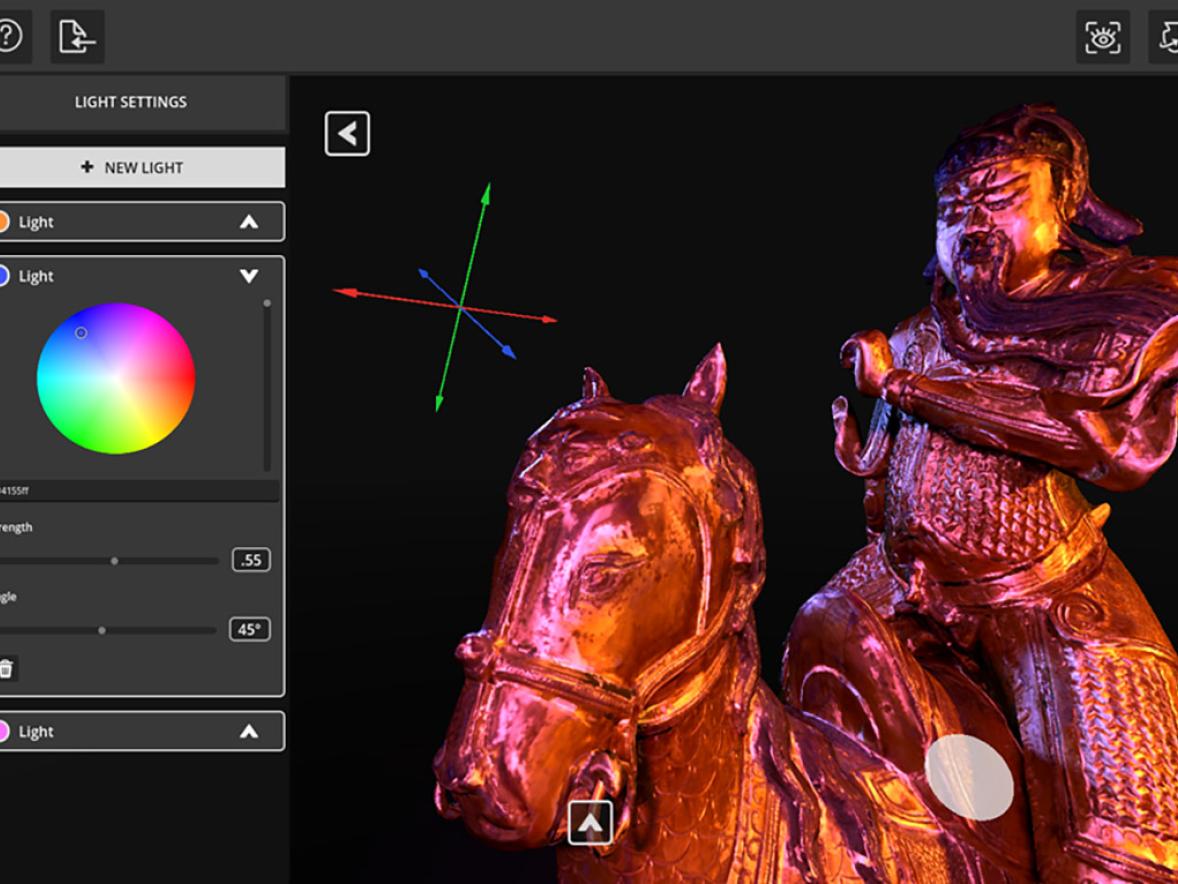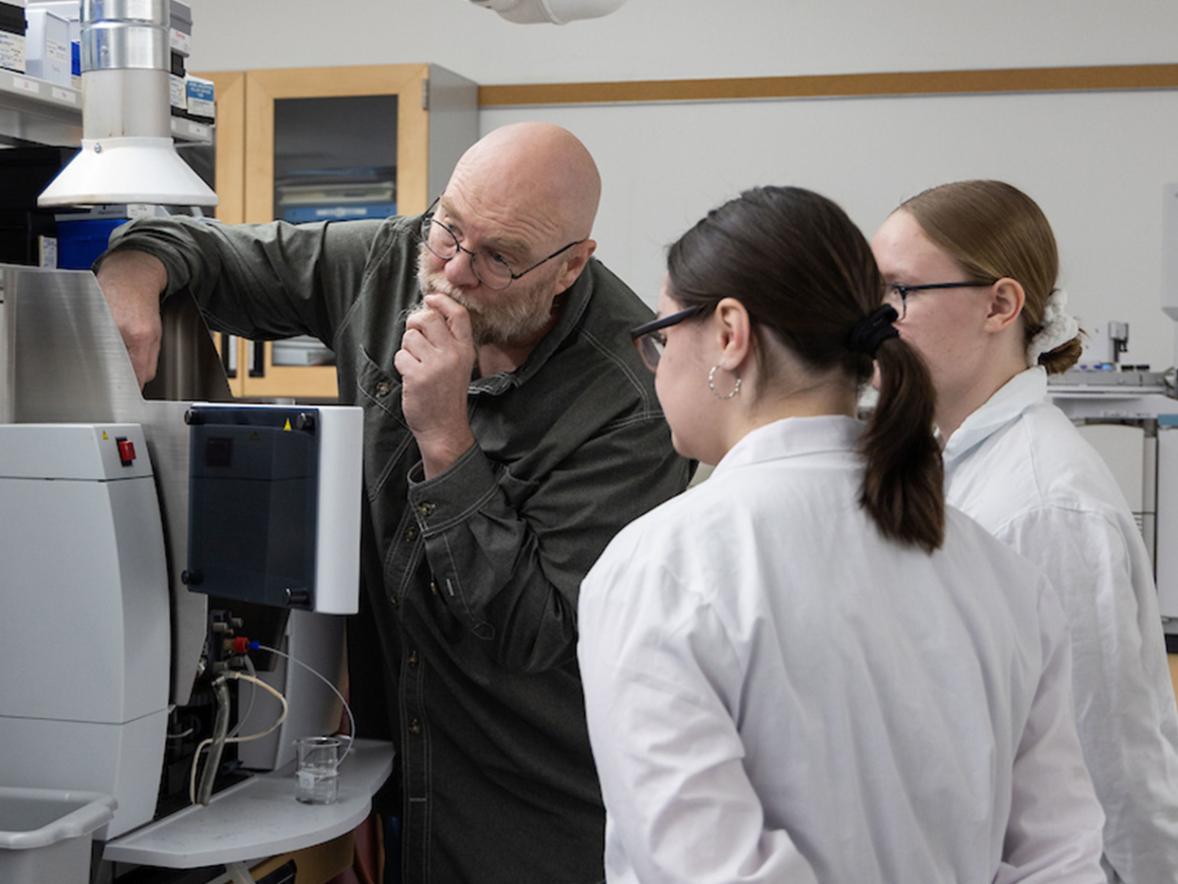More than 300 undergraduate and graduate students and faculty presented their research across realms during UW-Stout’s annual Research Day on May 6, with individuals and cross-disciplinary teams representing more than 30 degree fields.
Research ranged from heavy metals present in everyday products to regional topics, like housing and water quality in the Chippewa Valley, to health and wellbeing interests of the nation’s citizens, to developing global solutions through an Engineers Without Borders’ international design challenge.
Nearly 90 students in 23 teams addressed the EWB challenge. One group focused on engineering a safer, more accessible transportation system in South Africa’s suburbs. Revitalizing Makers Valley: Future-Ready Roads for Safety, Efficiency, and Growth was presented by:
- Gabriel Morken, manufacturing engineering, Eau Claire
- Ann Moss, computer and electrical engineering, Johnsburg, Illinois
- Christian Bretey, mechanical engineering, Eau Claire
- Christian Klein, mechanical engineering, St. Paul
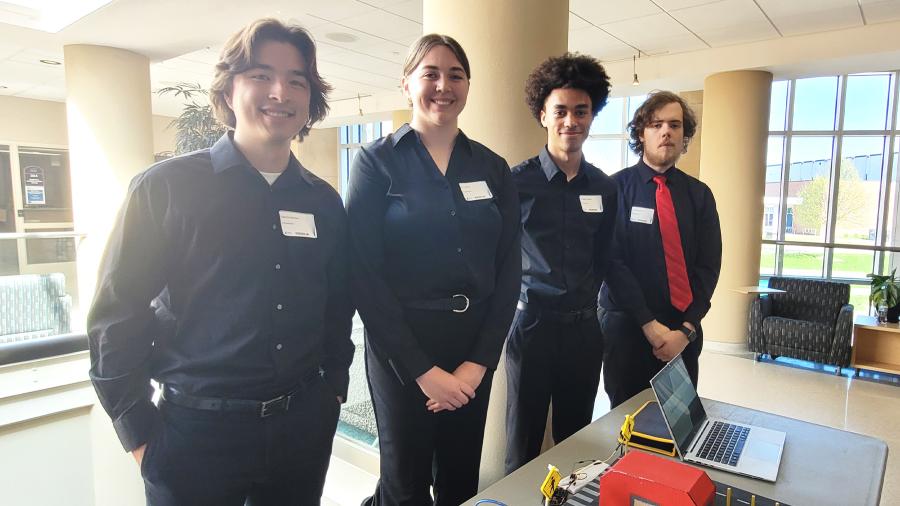
Two biochemistry and molecular biology and chemistry students focused on heavy metals. Some products, such as chocolate, have trace amounts occurring in them naturally through the farming process, and some products are manufactured to contain heavy metals. The researchers were:
- Natalie Chartrand, of St. Croix Falls: An Analysis of Heavy Metals in Chocolate
- Riley Strobush, of St. Paul: Trace Metals in Various Nicotine Salts Brands
Research Day invites industry professionals and the campus and surrounding communities to engage with students and faculty and discuss their research and creative works through posters, prototypes, exhibits and collaborative faculty-student oral panel presentations.
Engineering a safer transportation system in South Africa
The Impacts of Engineering course introduces students to the engineering design process from initiation to completion and broadens their awareness of the social, environmental and economic implications of engineering.
Engineers Without Borders’ international Engineering for People Design Challenge brings together more than 12,000 engineering students from more than 40 universities in the U.S., United Kingdom, Ireland and South Africa.
This year’s challenge was organized by Engineers Without Borders UK and South Africa, in collaboration with the nonprofit Makers Valley Partnership.
Students developed sustainable engineering solutions centered around the needs of the 46,000 residents of Makers Valley, a suburb of Johannesburg, South Africa. The area experienced urban decay and high unemployment, but in recent years has seen a wave of regeneration driven by social and creative enterprises.
Solutions students addressed included the general built environment, food security, reliable access to energy, waste reduction and recycling, safe drinking water, sanitation and transport infrastructure.
“The design challenge reinforces the goal of Stout’s applied learning concept. Student teams work together, use applied math in their engineering calculations, write a professional-quality paper suitable for the EWB competition and build a functioning prototype of their proposed solution,” said engineering Lecturer Mark Dolan.
Morken, Moss, Bretey and Klein researched the current road conditions of Makers Valley and the city’s most popular modes of transportation.
They found that Makers Valley does not regularly maintain its paved roads, which are pitted with numerous large potholes and litter; and biking and walking are most common, as many people can’t afford cars, Morken said.
“With the rough roads and concerns for the safety of bikers and pedestrians, even with sidewalks, Makers Valley is looking for safe and inexpensive updates to its transportation system,” Bretey said.
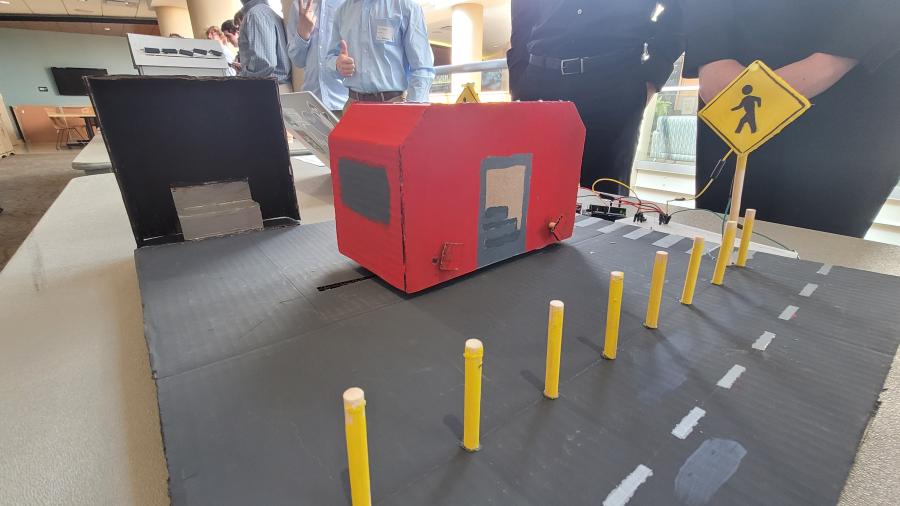
There is also a lack of trust in public transportation, Klein added. Feuds between taxi companies cause fear through intimidation tactics used on drivers and customers. And while school buses provide transportation for children to and from school, there are fees for the service, Moss explained.
“Many of the taxi drivers jack up their prices so they can afford to live. What shocked me about this was that I never stopped to consider just how many aspects of life poverty can affect,” Morken said. “We tried to figure out a way to get cars off the road, while simultaneously trying to figure out a way to have accessible transportation for anybody. We thought that a trolley system would solve both of those problems.”
The team landed on the idea of engineering a trolley system because it’s a permanent network and can be designed as hybrid, running mainly on electricity. “But since the electrical grid is not always reliable in Makers Valley, the trollies could also run on fuel as a backup,” Bretey said.
“If we used an electric bus, that vehicle would have to stop and take breaks to regain a charge and be out of service during that time,” Moss added. “A trolley receives power through its connection to the track and would only need fuel when the power grid is down. This means that a trolley can be in commission longer than a bus could.”
The initial infrastructure cost of a trolley system is higher than a bussing system because of the need to install tracks, Morken said. “However, we thought that a trolley would be better in the long term because usually they can carry more passengers, have lower operating costs (some don’t need a driver) and they can be powered by electricity,” he added.
The team’s design also incorporated safety features for pedestrians and bikers, with marked and lighted crosswalks and a separate lane for bicycles, with reflective posts between the car and bike lanes, Bretey added.
Moss hopes the team’s research can help ensure the safety of Makers Valley commuters. “Even if only a part of our design were implemented, it could make a positive difference in the city. I believe that our design can work for other places as well that struggle with pedestrian safety and unreliable transportation systems,” she said.
Student projects submitted to the EWB challenge may be picked up by a company, nongovernmental or other organization and become a real solution for people.
The Impact of Engineering course is part of Stout Core, foundational general education classes where students gain global perspective and ethical reasoning to understand social responsibility, so they graduate ready to do more on day one.
Heavy metals in consumer products
Heavy metals can build up in the human body over time and lead to severe health issues.
Lead is known to cause neurological damage and cognitive impairments, particularly in young adults. It can also lead to developmental issues, memory loss, insomnia and muscle weakness.
While iron, manganese, and zinc are essential micronutrients, excessive amounts can cause organ damage and oxidative stress; can affect the nervous system; and can cause nausea, vomiting and weaken the immune system, Strobush explained.
Cadmium and nickel in long-term exposure are known to cause kidney failure and increased risks for cancer, anemia and cardiovascular diseases, added Chartrand, who conducted an analysis of four of her favorite chocolate brands.
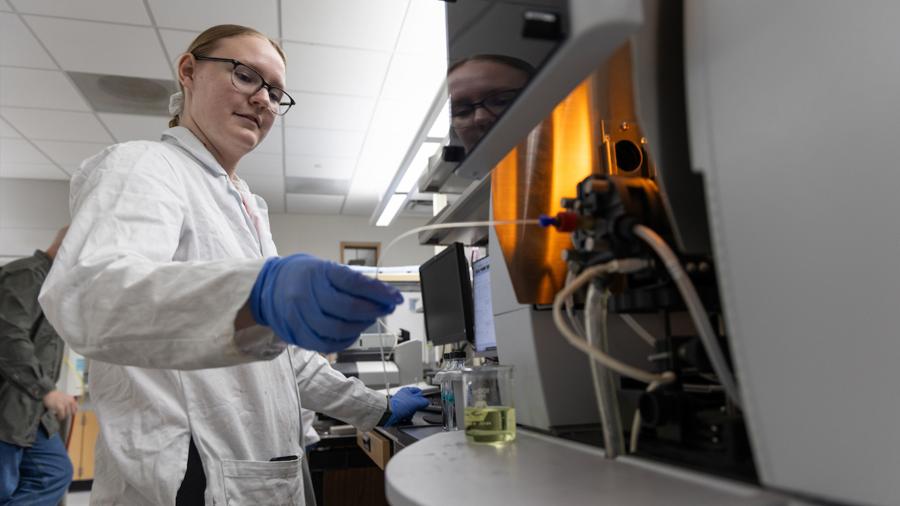
“Heavy metal exposure should be kept to a minimum, especially in foods, which is why the FDA and other health organizations regulate it. While the FDA has strict guidelines on heavy metals, it’s impossible to completely eradicate all heavy metal exposure in our daily lives,” she said.
Chartrand knew chocolate contains heavy metals, usually found in trace amounts in chocolates that are less processed, like dark and semi-sweet chocolates.
“Both lead and cadmium are common environmental pollutants found in modern farming practices; these metals can be absorbed into the cacao beans we use to make chocolate,” she said. “Nickel is used in the manufacturing process of chocolate, though it shouldn’t end up in the product itself.”
Because of this, she wasn’t surprised to find detectable lead levels in three of her chocolate samples.
“Lead is naturally found in cacao beans and is retained through the manufacturing process, at levels so low they’re not considered toxic, but are detectable on our instrument, nonetheless. I found no cadmium in any of my samples, and only very trace amounts of nickel,” she said. “Just because studies have found small amounts in chocolates doesn't mean that the highly processed chocolates we eat regularly will contain the same levels.”
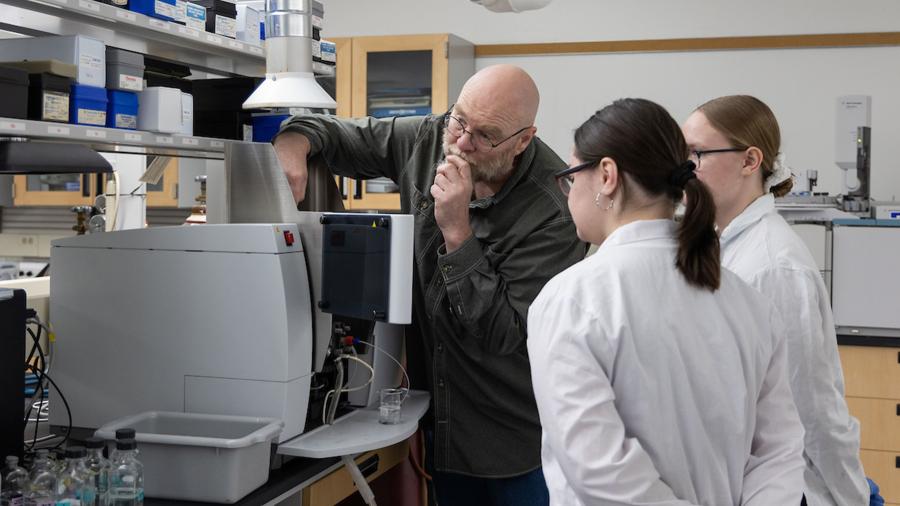
During Strobush’s initial research, she found numerous studies on heavy metals in vape pods and cartridges, but relatively few on nicotine salts. She conducted her research on four brands of nicotine salts.
“Although there are traces of metals in the liquid, the liquid is heated into a vapor through a metal coil, introducing more metals into the aerosol that is consumed by the user when using their e-cigarette,” she said. “Lead was the most frequently detected heavy metal in my samples, contrary to my initial expectation of a more balanced distribution of heavy metal elements.”
She was also intrigued by the marketing of the products. “Each of them has colorful, appealing designs and flavors that you would see on candy or soda. It hides the harsh potential health impacts caused by consuming the liquids,” she said.
Strobush hopes her research raises awareness about the dangers of these products and encourages more rigorous testing, especially in the aerosol form. “This could lead to improved regulations and safer product formulations, ultimately protecting public health,” she said.
Strobush noted that she is not a user of nicotine salts or similar substances. She and Chartrand took the necessary precautions during their studies to ensure their peers’ and their own safety.
Chemistry and physics Associate Professor Jonathan Frisch served as Strobush’s and Chartrand’s research mentor. In Frisch’s College Chemistry I course, students learn the chemistry and physics behind several types of chemical instrumentation and gain practical experience using those instruments to investigate samples of their choice.
“The students are allowed to ask any questions they want, at which time they design and carry out experiments to answer those questions. Every semester, I am surprised by some of the results. There are contaminants in and on all sorts of things I would have never expected or even thought about analyzing,” he said.
Outstanding researchers recognized at Research Day
After the poster and exhibit session, where Chartrand, Strobush and the engineering students shared their work, an award ceremony recognized outstanding researchers – both faculty and students.
Since 1987, UW-Stout has awarded faculty for their outstanding research, nominated by a review committee of their peers.
The Outstanding Researcher honors for leadership and significant contributions to research and scholarly activities are awarded by the Office of Research and Sponsored Programs, on behalf of the Provost's Office and the committee. This year’s recipients are:
- Julie Watts: Senior Outstanding Researcher
- Nicole Hayes: Emerging Outstanding Researcher
- Pranabendu Mitra: Outstanding Research Mentor.
Outstanding student researcher awardees are:
- Valacia Casper: CAHS, undergraduate
- Elaina Blazei: CSTEMM, undergraduate
- Bex Cermin: CAHS, graduate student
- Cortney Dean: CSTEMM, graduate student
- Nikolaus Nelson (CAHS) and Theodore Welch (CSTEMM): Honorable Mentions.
